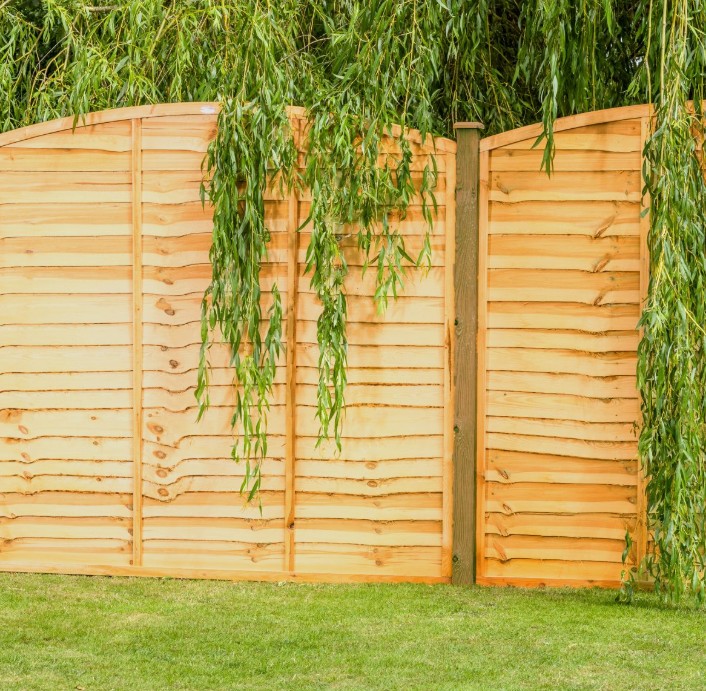When choosing decorative aggregates for your landscaping project, it’s important to consider both the visual impact and the functionality of the materials. Aggregates like gravel and chippings offer a classic look that’s perfect for driveways and pathways. For a more natural and rustic feel, consider pebbles or cobbles—these larger stones work beautifully in water features or as garden borders, creating a soft, organic aesthetic. If you’re aiming for a modern or contemporary look, slate offers bold, sharp lines and comes in a range of striking colors, perfect for patios or stylish garden beds.
When selecting decorative aggregates for your garden, it’s important to consider several factors to ensure that the final result is both aesthetically pleasing and functional. Here are some top tips to guide you through the process:
- Purpose and Functionality: Determine the primary purpose of the aggregate. Are you looking to create a decorative pathway, cover a large area, or enhance a specific feature such as a water fountain or flower bed? Different aggregates are better suited to different tasks. For example, larger pebbles and cobbles are ideal for water features, while smaller gravels work well for paths and driveways.
- Color and Style: Consider the color scheme and style of your garden. Decorative aggregates come in a variety of colors and textures, from vibrant pinks and reds to neutral whites, greys, and blacks. Choose a color that complements the existing elements of your garden, such as plants, furniture, and paving. Neutral tones like greys, whites, and beiges are versatile, blending well with both traditional and contemporary designs, while more dramatic options, such as dark slate or rich golden gravels, can add warmth and depth to your space. For a contemporary garden, consider striking colors like Polar White or Black.
- Size and Shape: Aggregates are available in different sizes and shapes. Smaller aggregates, like 10mm or 14mm gravel, are best for creating smooth paths and walkways, while larger sizes, such as 20mm or 40mm, are more suitable for areas with higher traffic, like driveways. Rounded pebbles offer a softer, more natural look, whereas angular chippings provide better compaction and stability.
- Drainage and Stability: Consider the drainage requirements of the area where you plan to use the aggregate. Some aggregates, such as larger pebbles, allow water to drain easily, making them suitable for areas prone to pooling water. On the other hand, smaller, more compact aggregates are better for driveways and paths where stability is important.
- Maintenance: Think about the level of maintenance required. Lighter-colored aggregates, like white pebbles, may require more frequent cleaning to keep them looking pristine. Consider the long-term care required for your chosen aggregate, especially if you prefer a low-maintenance garden.
Our team are experts and happy to answer any questions you have when starting your project – just give us a call.



